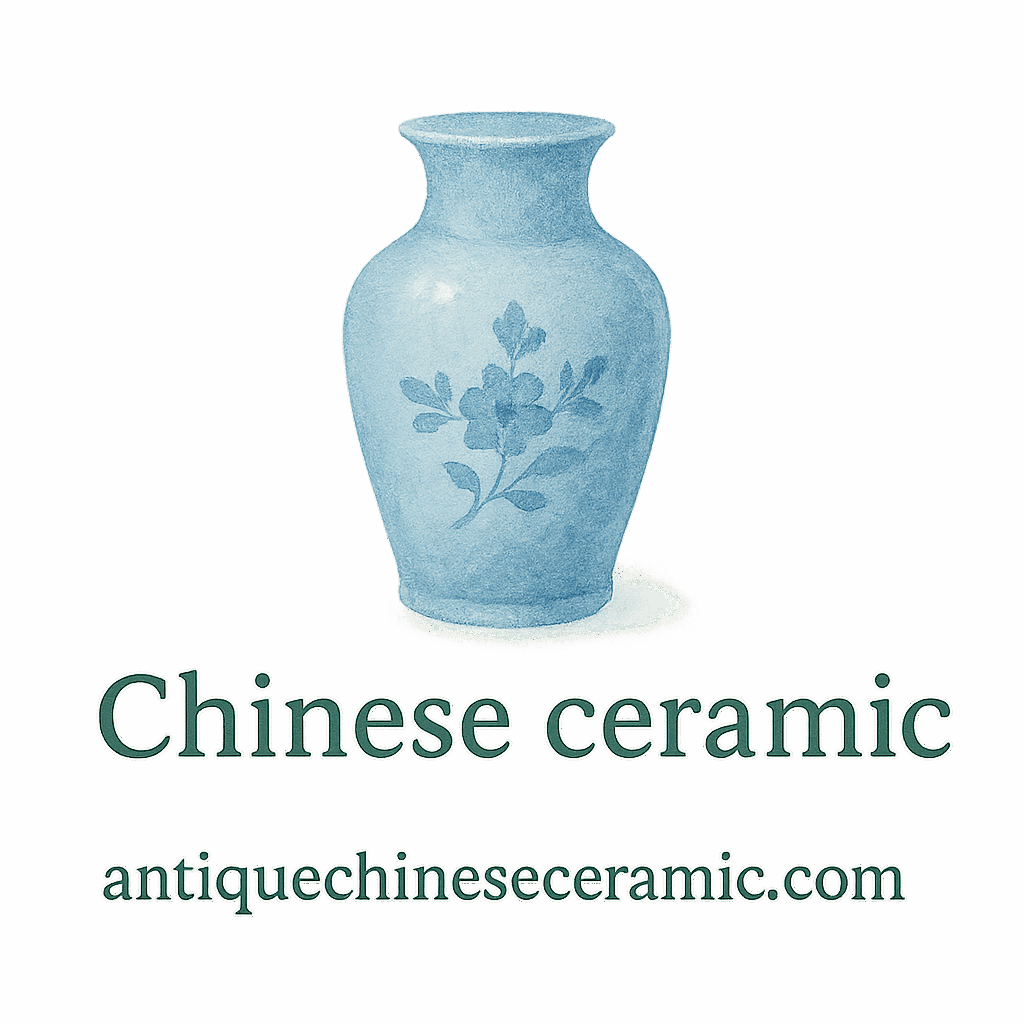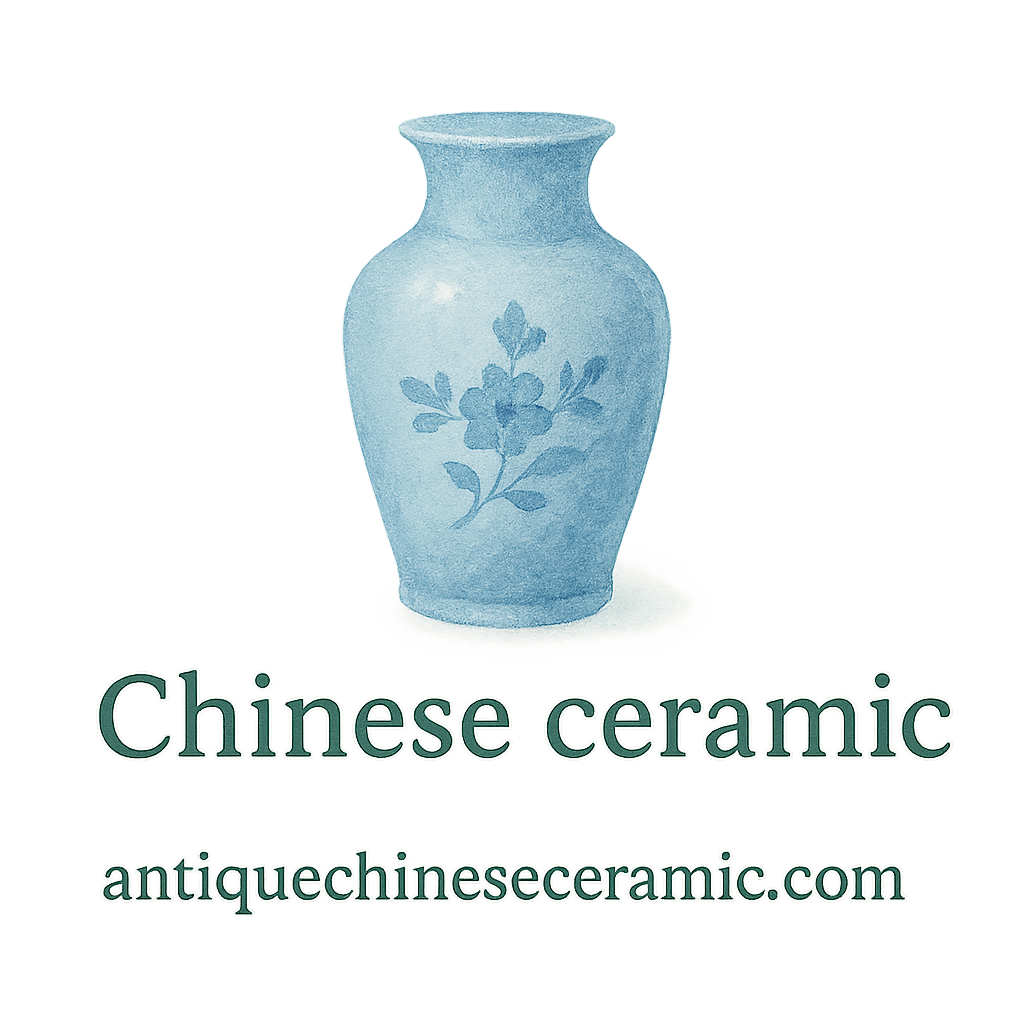Introduction: Why Chinese Ceramics Are Timeless
Ever found yourself gazing at a porcelain vase and wondering about the hands that shaped it centuries ago? Chinese ceramics have not only stood the test of time—they’ve told stories of dynasties, trade, artistry, and innovation. This article dives into the 6 major timeline milestones in antique Chinese ceramic evolution, offering you a glimpse into a world where clay meets culture.
So, whether you’re a curious enthusiast, a seasoned collector, or just someone who appreciates fine things, buckle up for a fascinating journey across centuries of craftsmanship.
Explore deeper histories and expert guides on Chinese ceramic history here.
1. Neolithic Beginnings – The Birth of Chinese Ceramics
Yangshao and Longshan Cultures
Our story begins over 10,000 years ago, with the Neolithic era. The Yangshao and Longshan cultures introduced us to pottery’s humble beginnings—hand-built, low-fired, and often painted in geometric patterns.
These were not just practical containers. Nope—they were canvases for early human expression.
Functional Yet Beautiful Earthenware
While many of these early ceramics were utilitarian (think cooking pots and water jars), their decoration reflected spiritual and social meanings. This was the seed of what would become one of the most refined ceramic traditions in the world.
Want to explore more early antique ceramic containers? Check out our category archive.
2. Shang and Zhou Dynasties – Bronze Age Influence
Ritual Vessels and Ceremonial Ceramics
Fast forward to 1600 BCE–256 BCE. This period saw ceramics imitate bronze vessels used in rituals. Shapes became symbolic, and so did decorations.
Glaze Experiments Begin
This era is notable for early glaze techniques, setting the stage for the vibrant finishes of future dynasties. The dark surfaces and complex firing methods are key highlights of this period in ceramic evolution.
Learn more about Chinese dynasties and ceramic methods here.
3. Han Dynasty – The Rise of Technological Innovation
Lead-Glazed Pottery and Green Ware
The Han Dynasty (206 BCE–220 CE) cranked things up a notch with lead-glazed pottery. These green-glazed wares, also called “green ware”, became the standard for burial items, proving just how important ceramics were in daily and spiritual life.
Influence of the Silk Road
Trade routes like the Silk Road played a huge role in design and technique influences. Persian and Central Asian styles started to show in motifs and shapes—marking the beginning of Chinese ceramics as a global art form.
Don’t miss our comprehensive identification guide for spotting authentic Han ware.

4. Tang Dynasty – A Burst of Color and Export
Sancai Ware and Global Trade
Ah, the Tang Dynasty (618–907 CE)—arguably the most colorful chapter in Chinese ceramic history. Sancai ware, meaning “three colors,” introduced dazzling greens, ambers, and creams in lively glazes.
These beauties weren’t just for locals. They were shipped across the globe, found as far as Egypt and Italy!
Artistry Meets Functionality
Tang ceramics weren’t just decorative; they were used in tombs, tea rituals, and as daily ware. Their universal appeal skyrocketed Chinese pottery into the global spotlight.
Explore more antique trade and auction topics to understand how Tang pieces perform in today’s market.
5. Song Dynasty – The Golden Age of Simplicity and Form
Celadon and Ru Ware
The Song Dynasty (960–1279 CE) brought a philosophy of quiet elegance. Celadon, with its jade-like glaze, became a favorite, along with the elusive Ru ware, known for its sky-blue finish and crackled surface.
The Philosophy Behind Minimalism
Influenced by Confucian and Zen thought, Song ceramics embraced simplicity over extravagance. No over-the-top designs—just pure, subtle beauty.
You can explore more on Chinese ceramic surface qualities and what makes celadon so prized.
6. Ming and Qing Dynasties – The Peak of Porcelain Mastery
Blue-and-White Porcelain Revolution
Ask anyone about antique Chinese ceramics, and they’ll probably mention blue-and-white porcelain. Developed during the Yuan and perfected in the Ming Dynasty (1368–1644), this technique used cobalt blue under a transparent glaze to create elegant, iconic designs.
The Qing Dynasty (1644–1912) expanded on this by adding multi-colored overglazes and even more refined firing methods.
Export Ceramics and Global Prestige
These porcelain treasures found their way to European palaces, Middle Eastern markets, and beyond. Chinese ceramics became the gold standard in artistic excellence and craftsmanship.
Get more on valuation techniques if you’re curious about what your Ming or Qing piece might be worth.
The Role of Kilns in Ceramic Evolution
Jingdezhen – The Porcelain Capital
From the Song Dynasty onward, the town of Jingdezhen became the center of ceramic excellence. It’s still revered as the “Porcelain Capital” for producing imperial-quality ceramics for over a thousand years.
Want to learn more about firing methods and heritage techniques? Dive deeper into our educational archives.
Collecting Antique Chinese Ceramics Today
Key Signs of Authenticity
Not all that glitters is antique! Look out for signs like kiln marks, glaze cracks, weight, and craftsmanship. Knowing how to identify antique ceramics is crucial for new collectors.
Navigating Appraisal and Valuation
Before making a purchase or sale, consult professionals in ceramic appraisal. A verified history can dramatically affect value.
Preserving the Past: Care Tips for Collectors
Safe Cleaning Practices
Avoid abrasive materials. Instead, use a soft cloth with lukewarm water. For a deep dive, explore our care and preservation guide.
Check out more on safe cleaning techniques.
Ideal Storage Conditions
Store your ceramics in cool, dry areas away from direct sunlight. Use padded supports to prevent stress fractures.
Explore more storage insights in our preservation tag.
Conclusion: A Legacy Cast in Clay
The evolution of antique Chinese ceramics is a tale of innovation, cultural exchange, and artistic mastery. From the Neolithic mud pots to the brilliant blue-and-white porcelains of the Qing Dynasty, each timeline milestone holds a story that continues to captivate collectors, historians, and admirers.
These ceramics aren’t just artifacts—they’re chapters of a story still being written.
For more expert content, visit our main hub at Antique Chinese Ceramic.
FAQs
1. What makes Chinese ceramics so special?
Chinese ceramics combine history, culture, and superior craftsmanship, evolving over thousands of years and influencing global ceramic traditions.
2. How do I know if my ceramic is authentic?
Check for glaze quality, kiln marks, and weight. For more help, explore our identification guide.
3. What’s the most valuable type of antique Chinese ceramic?
Generally, pieces from the Ming and Qing dynasties—especially imperial porcelain—fetch the highest prices. Learn more on valuation.
4. Are all antique ceramics safe to clean?
Not always. Some old glazes are fragile. Always follow tips from our care and preservation experts.
5. Where should I store my antique ceramics?
Keep them in a cool, dry place away from sunlight. Use cushioned mounts and avoid stacking. See our storage tips.
6. Can I still buy authentic antique Chinese ceramics today?
Yes, through reputable auction houses and dealers. Always request provenance and appraisals—check our collecting guide.
7. What role did the Silk Road play in ceramic history?
It introduced new styles and helped Chinese ceramics become a global export, especially during the Han and Tang dynasties.


